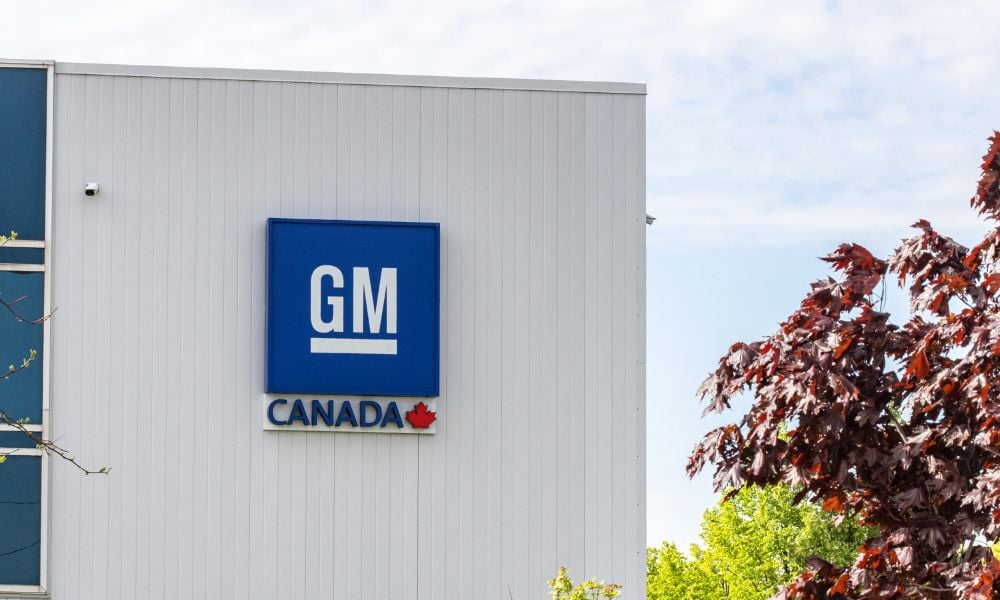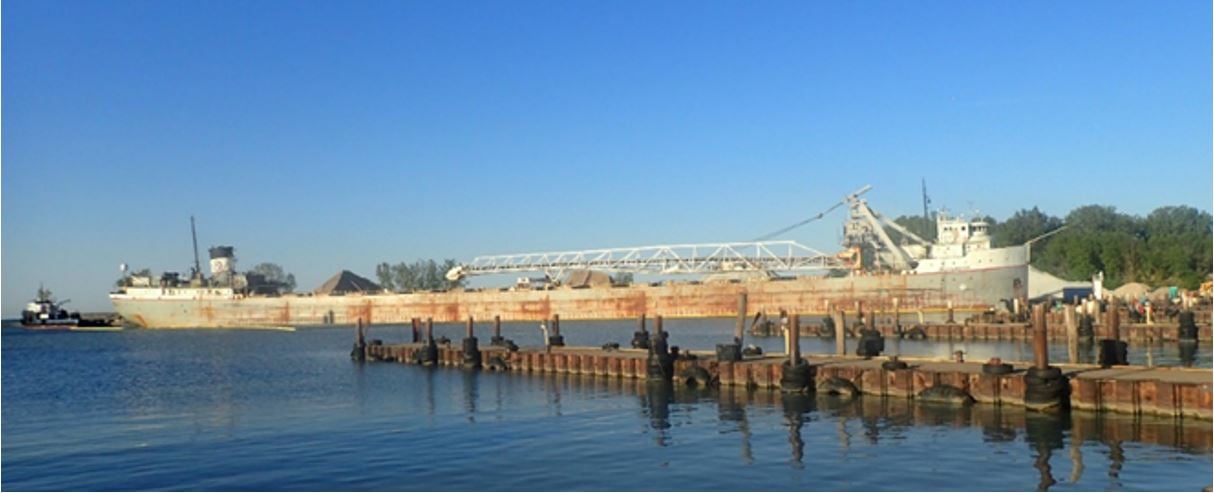Worker injured when a CNC machine moved

Ontario employer General Motors of Canada Company has been fined $275,000 after one of its workers was injured in the workplace.
Following a guilty plea in the Ontario Court of Justice in Welland, the employer was also ordered to pay a 25 per cent victim fine surcharge as required by the Provincial Offences Act. The surcharge is credited to a special provincial government fund to assist victims of crime.
The incident occurred on January 24, 2023, when two workers were conducting a “probing routine”—a maintenance task—inside a large computer numerical control (CNC) machine at the company’s St. Catharines facility. CNC machines are a type of automated manufacturing equipment controlled by pre-programmed software.
The workers used the company’s Controlled Access Procedure (CAP) in an attempt to place the machine in safe mode. However, they did not follow the step in the procedure that required an interlock door to be in the open position. As a result, the machine was not placed in safe mode.
“Believing the machine was in safe mode, one of the workers entered the machine through a side panel. After completing the maintenance task, the worker pressed start on a handheld control terminal,” the Ontario government stated. “This caused the machine to enter automatic mode, and the worker was injured when a part of the machine moved.”
A Ministry of Labour, Immigration, Training and Skills Developmentfound that the CAP procedure did not clearly specify how a worker was to ensure the CNC machine was in safe mode.
“The company failed, as an employer, to take every precaution reasonable in the circumstances for the protection of a worker, contrary to section 25(2)(h) of the Occupational Health and Safety Act,” said the Ontario government.
Section 25(2)(h) of the act states that an employer shall ensure that they take every precaution reasonable in the circumstances for the protection of a worker.
General Motors has since revised its procedures to prohibit full-body entry into the CNC machine, and to require all probing to be performed from outside the machine, according to the Ontario government.





